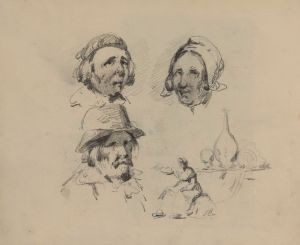
Graphic designs for Fortune magazine.] [Studies drawn on black paper
A hand-painted replica of Winold Reiss’s masterpiece Graphic designs for Fortune magazine.] [Studies drawn on black paper, meticulously crafted by professional artists to capture the true essence of the original. Each piece is created with museum-quality canvas and rare mineral pigments, carefully painted by experienced artists with delicate brushstrokes and rich, layered colors to perfectly recreate the texture of the original artwork. Unlike machine-printed reproductions, this hand-painted version brings the painting to life, infused with the artist’s emotions and skill in every stroke. Whether for personal collection or home decoration, it instantly elevates the artistic atmosphere of any space.
Winold Reiss (1886-1953) was a German-American artist and graphic designer known for his portraits and graphic designs. He was born in Karlsruhe, Germany, and studied at the Royal Academy of Fine Arts in Munich. Reiss immigrated to the United States in 1913, where he became a prominent figure in the American art scene, particularly noted for his contributions to graphic design and portraiture.
Reiss's work for Fortune magazine is among his notable contributions to graphic design. Fortune, a prominent American business magazine founded by Henry Luce in 1930, was known for its high-quality illustrations and innovative design. Reiss's involvement with Fortune magazine began in the early 1930s, during which he created a series of striking graphic designs and illustrations that were published in the magazine.
One of the distinctive aspects of Reiss's work for Fortune was his use of black paper as a medium for his studies. This technique allowed him to create bold, high-contrast images that stood out in the magazine's pages. The use of black paper was relatively uncommon at the time and showcased Reiss's innovative approach to graphic design. His studies on black paper often featured intricate details and a strong sense of composition, reflecting his background in fine arts and his ability to blend traditional artistic techniques with modern design principles.
Reiss's graphic designs for Fortune magazine were characterized by their dynamic compositions and vivid use of color. He often incorporated elements of Art Deco and modernist styles, which were popular during the 1930s. His illustrations frequently depicted industrial scenes, technological advancements, and portraits of influential business figures, aligning with the magazine's focus on business and industry.
In addition to his work for Fortune, Reiss was also known for his portraits of Native Americans and African Americans, which he created with a deep sense of respect and cultural sensitivity. His portraits were celebrated for their authenticity and attention to detail, and they played a significant role in challenging the stereotypical representations of these communities in American art.
Reiss's contributions to graphic design and illustration extended beyond his work for Fortune magazine. He was also involved in designing murals, posters, and other forms of visual art. His work was exhibited in various galleries and museums, and he received numerous accolades for his contributions to the field of art and design.
Winold Reiss's legacy as a graphic designer and artist is marked by his innovative use of materials, his ability to blend traditional and modern styles, and his commitment to representing diverse cultures with dignity and respect. His work for Fortune magazine remains a significant example of his talent and creativity, showcasing his unique approach to graphic design and his impact on the visual arts in the early 20th century.





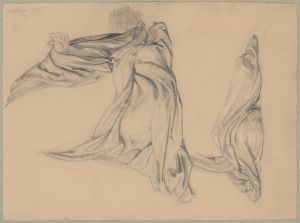
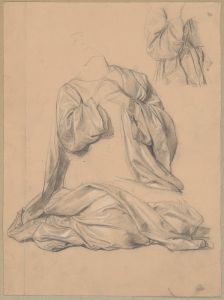

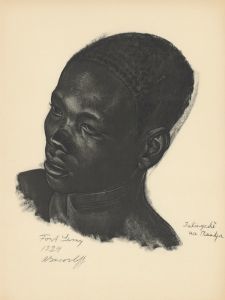
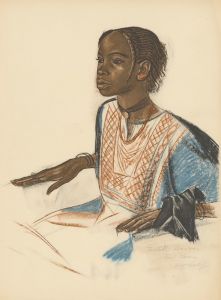
![[Graphic designs for Fortune magazine.] [Study for cover with telephone lines and wings over the globe](/imgs/249241/s/winold-reiss-graphic-designs-for-fortune-magazine-study-for-cover-with-telephone-lines-and-wings-over-the-globe-5933e802.jpg)
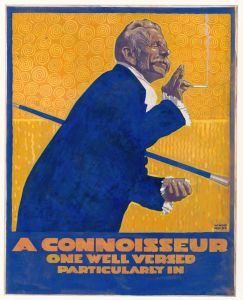

![Design for small showroom or powder room.] [Interior perspective study](/imgs/249293/s/winold-reiss-design-for-small-showroom-or-powder-room-interior-perspective-study-9bd6e85e.jpg)
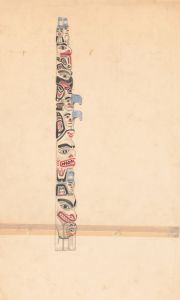
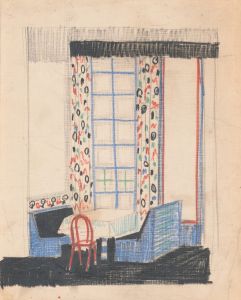
![Designs for theater with black-framed proscenium and boldly colored settings.] [Study for stage light wall decoration, possibly for Caf ̌Crillon …..](/imgs/249420/s/winold-reiss-designs-for-theater-with-blackframed-proscenium-and-boldly-colored-settings-study-for-stage-light-wall-decoration-possibly-for-caf-crillon--fccff049.jpg)
![Graphic design of nude female.] [Cubist composition drawing](/imgs/249427/s/winold-reiss-graphic-design-of-nude-female-cubist-composition-drawing-b6f17b02.jpg)
